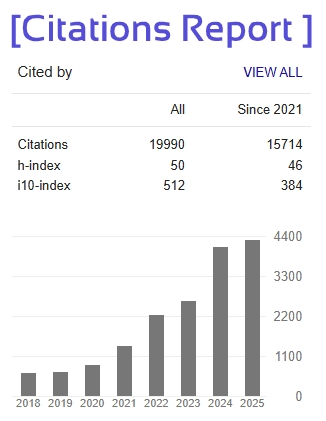An Experimental Investigation on Concrete Using Recycled Plastic as a Partial Replacement for Fine Aggregate and Nanosilica as a Partial Replacement for Cement
U BARATH , KOMALI2
1PG Student, Dept. of Civil (structural engineering and Construction Management), Golden ValleyIntegratedCampus, Madanapalli, Chittoor,Andhra Pradesh, India.
2AssistantProfessor,Dept.ofCivilEngineering,GoldenValleyIntegratedCampus,Madanapalle,Chittoor, AndhraPradesh
ABSTRACT
Concrete has been used as a construction material in the building industry for approximately two centuries. Each year, more than one ton of concrete is used per person globally. Therefore, conducting research on the use of modern technologies in concrete production is of great importance. One of the most critical global challenges is managing waste and promoting its reuse. Reducing the required amount of Portland cement without compromising concrete performance is especially significant for large-scale projects that demand vast quantities of cement.Moreover, the production of Portland cement clinker consumes large amounts of energy and has a considerable environmental impact, including extensive quarrying for raw materials. Recycling waste materials in concrete manufacturing not only provides a promising resource for high-quality concrete production but also contributes to resolving waste disposal issues.A large volume of ceramic tiles becomes waste due to their physical and chemical properties, making them non-reusable and non-recyclable through conventional methods. Given the substantial volume of concrete production and the potential to incorporate waste materials, using ceramic waste in concrete could be an effective strategy for environmental protection and improving concrete properties.This experimental study investigates the feasibility of using plastic waste as a partial replacement for fine aggregate in concrete, up to 25%, with a fixed proportion of 5%. Additionally, nano-silica is used to replace cement at levels of 0%, 4%, and 8% in M20 and M30 grade concrete. All other mix parameters are kept constant. The slump value and compressive strength of the concrete samples were then measured and analyzed.







